- Duration:
- 4 minutes, 13 seconds
Wildland fire engines play a dynamic role in fire management operations throughout the national parks.
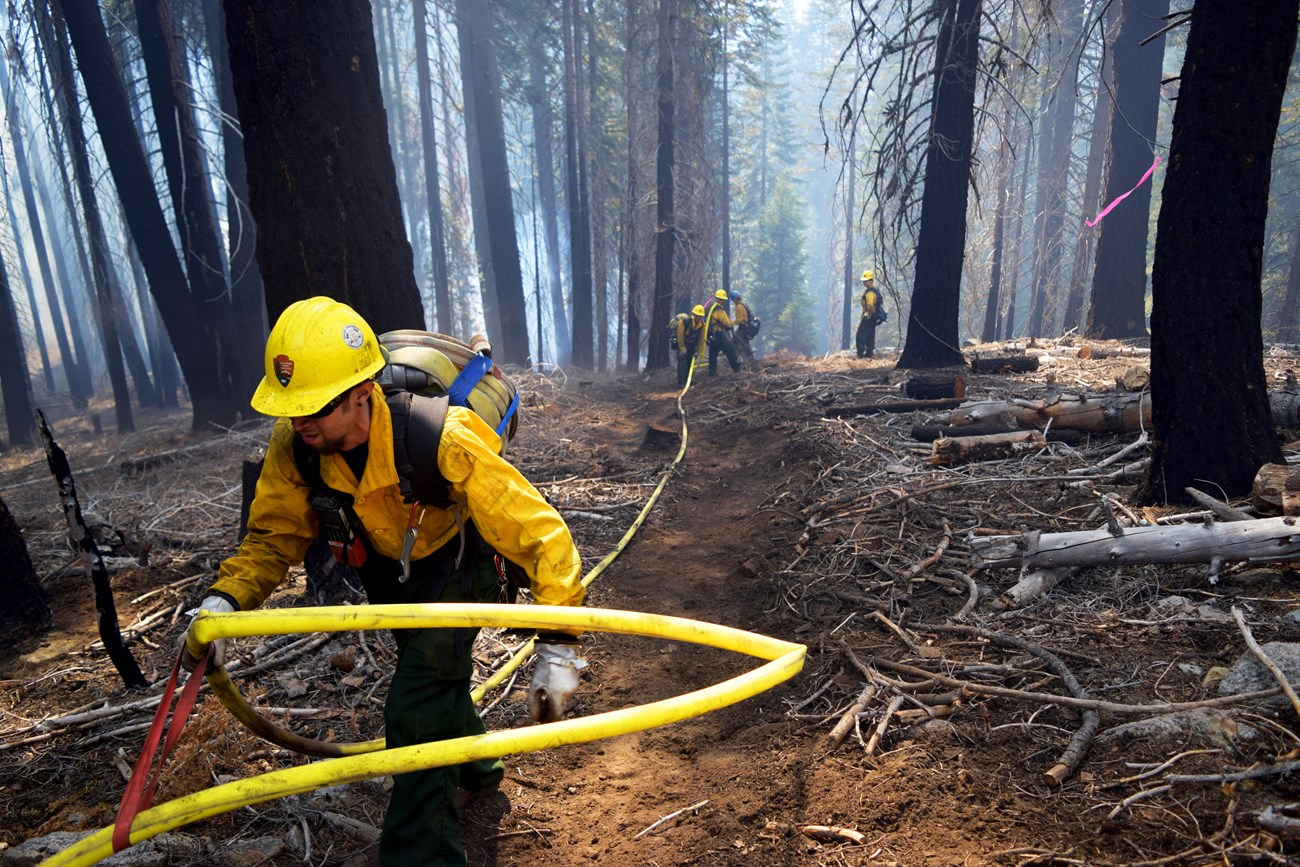
NPS / R Paterson
Fire response includes assessing wildfire when they’re first reported to cleaning up from the response after the last ember is done burning. Some fires may be aggressively suppressed on all its edges, others may be monitored and allowed to spread across the landscape because they do not pose a risk to human lives or structures and may have positive effects on natural areas. The Incident Command System can help a team organize for all types of responses.
Under our fire management plans, there can be many reasons affecting how we respond to fire and manage vegetation. We typically track our success in addressing our values by building objectives that can be tracked. Not allowing a wildfire to get past a creek bottom, or making sure bare mineral soil is available after a fire for giant sequoia seedling establishment are both examples of objectives we might use.
When a fire is burning in steep, inaccessible terrain, we might use a confinement strategy, allowing the fire to burn within a pre-established area and placing firelines in areas where firefighters can safely go, or using helicopters to cool areas along a perimeter of a fire to keep it in check.
Highlights
-
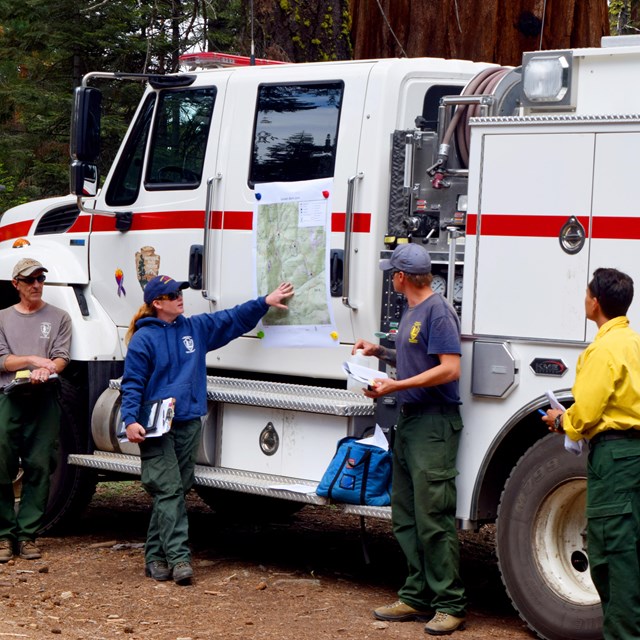 Incident Command System Levels
Incident Command System LevelsAs the response becomes more complicated, higher level experience and training may be needed to ensure safety and desired outcomes.
-
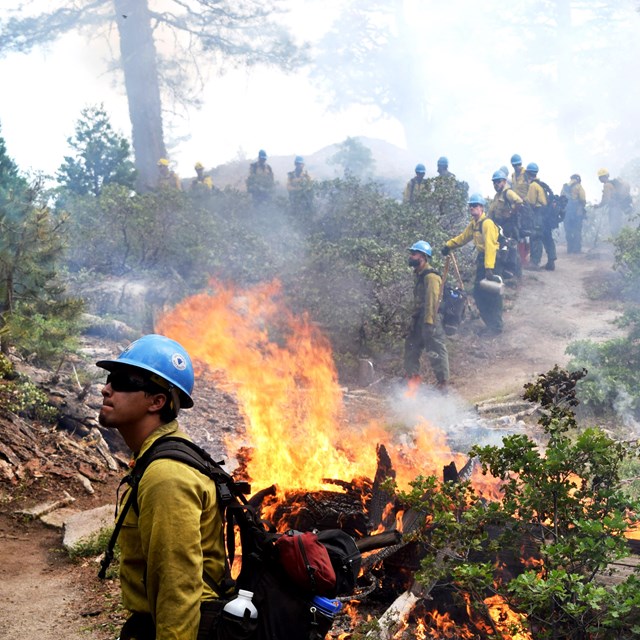 Fireline Construction
Fireline ConstructionFirefighters often construct lines cut through vegetation to limit fire spread. This allows people to work the edge of a fire to stop it.
-
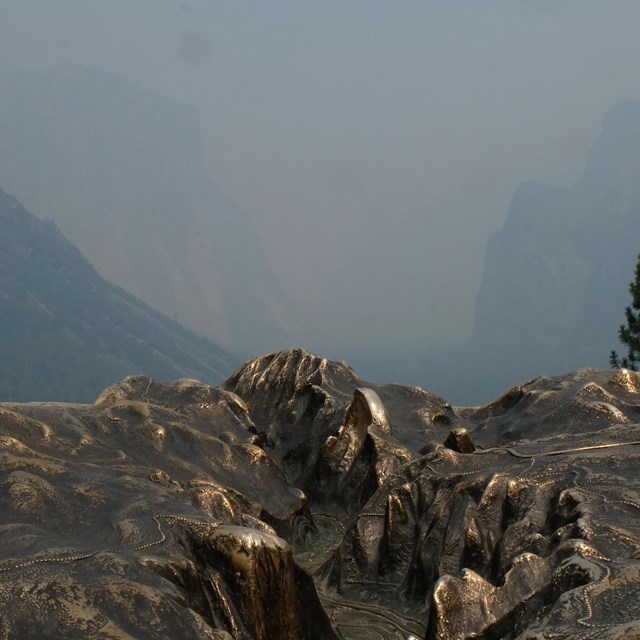 Health & the EnvironmentSmoke Management
Health & the EnvironmentSmoke ManagementManaging smoke is an important aspect of fire management. Unhealthy air quality can impact the visitor and employee experience.
-
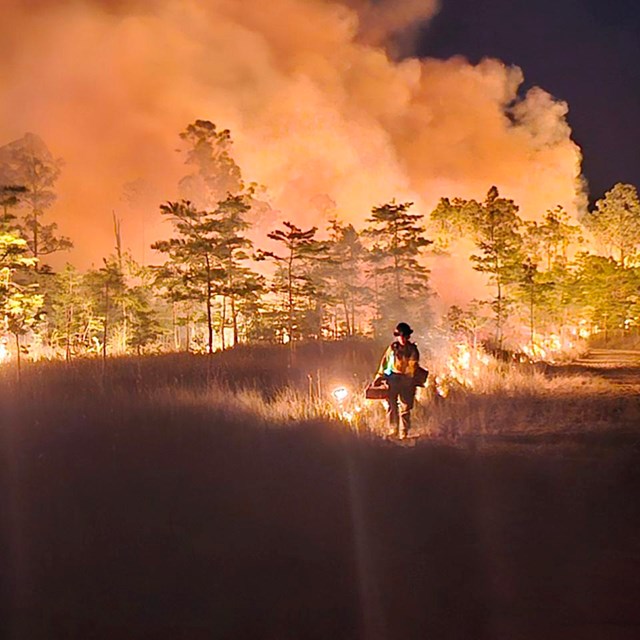 Wildland Firefighting Tactics
Wildland Firefighting TacticsTactics used by managers in response to wildfires include a range of activities.
-
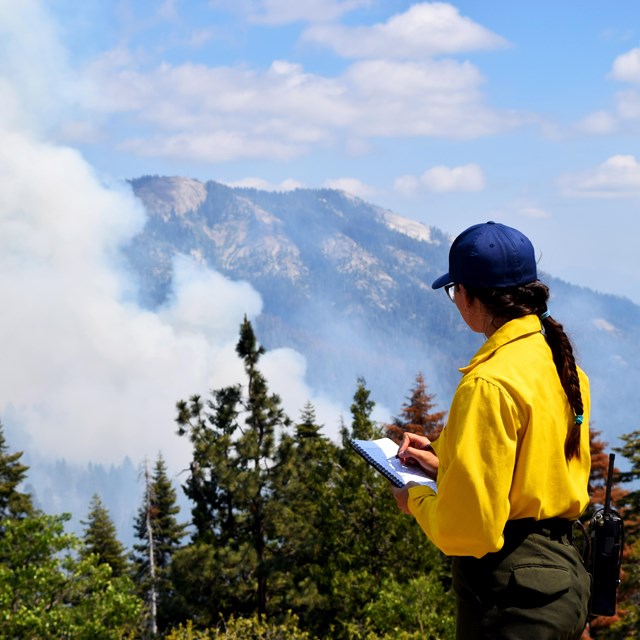 Monitoring
MonitoringMonitoring requires vigilance to make sure planned actions continue to make sense given current and expected fire behavior.
-
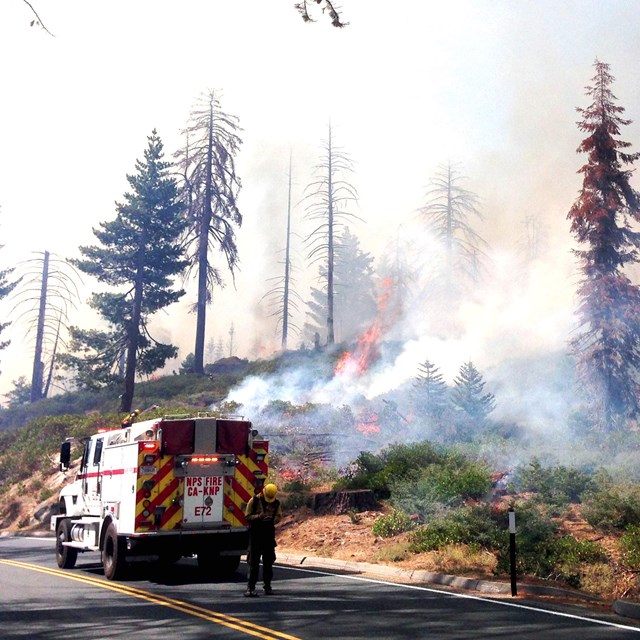 Engines
EnginesWorking along the edges of fires oftentimes takes water to knock down flames and put out the fire. Engines of many sizes help to do this.
-
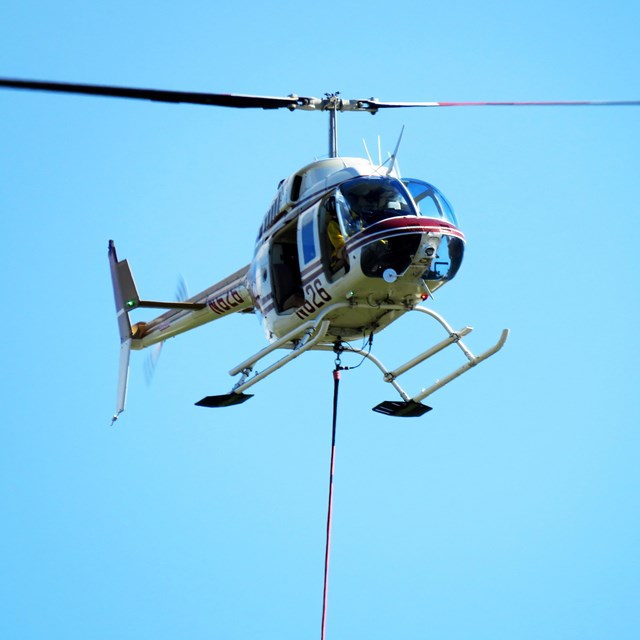 Aviation
AviationWe use helicopters and airplanes to drop water and fire retardant. We also use helicopters to move people and their supplies.
-
 Save Time at SecurityFirefighter Travel
Save Time at SecurityFirefighter TravelExplore TSA regulations that all fire personnel should know.
Last updated: December 8, 2023
